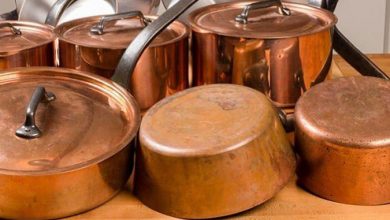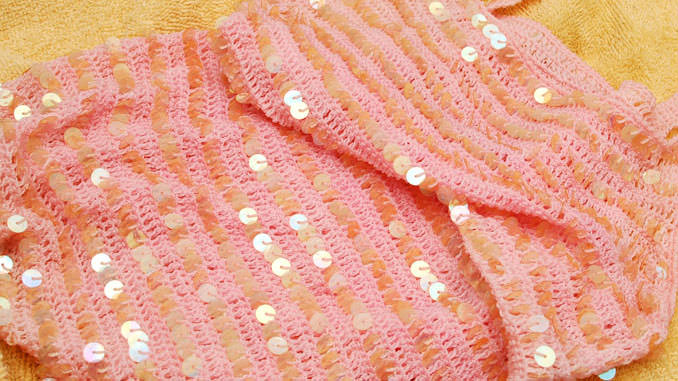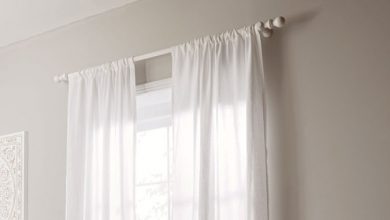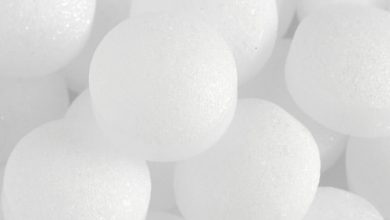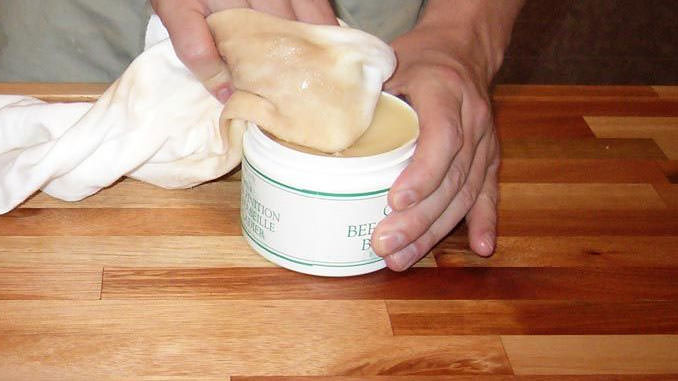
How to Wax Furniture
There are many options for finishing the furniture. Most people know that to get a durable finish on their furniture, it is necessary to seal the pieces with a protective sealant such as polyurethane. But to get a more durable and beautiful look, you can use wax.
Applying a coat of wax to furniture will prevent stains and reduce the risk of scratches. Also, the wax will be able to give luster and shine to the wood. Learning to wax furniture requires just a couple of simple tools and a little time and patience. So let’s see, with this guide, how to wax the furniture.
Before waxing furniture, it is essential to seal it. The latter is not suitable for use as a finish coating in itself but rather is used as an additional protective layer on top of an existing finish. For this reason, it is necessary to make sure that the furniture has a finish coating of polyurethane, varnish, lacquer, or shellac.
Before applying the wax, it is also necessary to remove the dust from the furniture’s surface. Then wipe with a clean cloth to remove dust and debris; if not removed, the dust can mix with the wax and spoil the finished piece’s appearance.
Apply the wax to a clean microfiber cloth. The type of wax used for furniture is called ” paste wax ” or ” finish wax ” and can be purchased at any hardware store. Dab the microfiber cloth directly into the container.
To apply the wax, rub the cloth on the furniture’s surface in a circular motion. Work from one end to the other and try to apply the wax in thin, even layers. It is not necessary to apply wax to every corner of the surface.
Let the wax dry. After application, the wax should be left to dry for about 20 minutes. If the room is cold or poorly ventilated, drying may take longer. You can check for dryness by tapping on an inconspicuous spot with your finger.
After the wax has dried, the applied surfaces will need to be polished; this process will impart brilliance and luster to the wood. To polish the wax, use a soft, clean cloth; rub in a gentle, circular motion across the cabinet’s entire surface.

